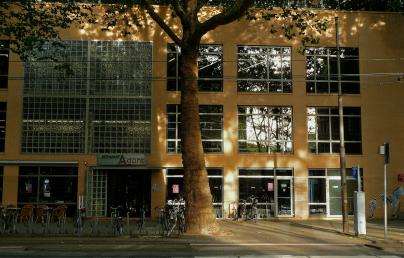
Nature-based solution to make cities more sustainable and greener

Nature-based solution to make cities more sustainable and greener
Plants are more and more used in the urban renewal projects because they can make cities more sustainable and also improve health and well-being of citizens. Luckily there are many projects and cities already implementing these type of nature-based solutions.
While nature is good for the body and mind, nature-based solutions are being adopted into urban renewal projects to mitigate the effects of climate change and create healthier communities.
Long lockdowns during the coronavirus pandemic offered us a reminder of the restorative power of nature for the body and mind. Yet, reconnecting people with nature, particularly in cities, has been the focus of several European research projects since well before the outbreak of COVID-19 almost three years ago.
These projects are using solutions from nature to tackle fundamental economic, environmental, health and social challenges in a bid to improve urban living conditions in general. They bring together European cities to chart paths toward a more sustainable socio-economic system and improve well-being.
Take Dortmund in Germany, Turin in Italy and Zagreb in Croatia. They are part of a project to add biodiversity-rich greenery to urban areas and to create economically beneficial environmental resources.
‘It’s not just planting a tree,’ said Dr Axel Timpe at RWTH Aachen University in Germany. ‘It’s building a living system that creates a productive output.’ He is coordinating the proGIreg project, which is tackling the challenge of post-industrial regeneration by creating living labs in urban areas.
Dortmund, in the Rhine-Ruhr industrial heartland of Germany, was once a steelmaking hub. Turin, in the shadow of the Alps, is home to the one-time world’s largest car factory at Lingotto, now largely disused. Zagreb, the capital of Croatia, used to have the world’s largest pig farm and a vast sausage-making factory – both now defunct.
While their appearances, geographies and histories differ, the three cities face some similar challenges. Lacking high quality green spaces, these areas suffer from social and economic disadvantages.
Read the full article here.

